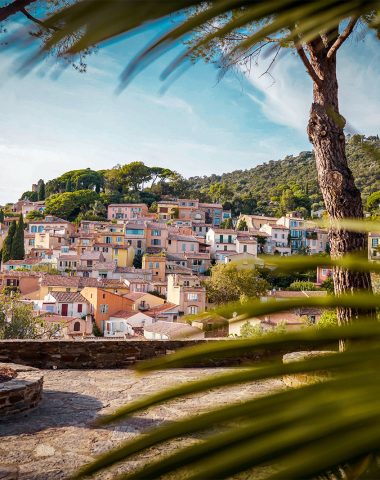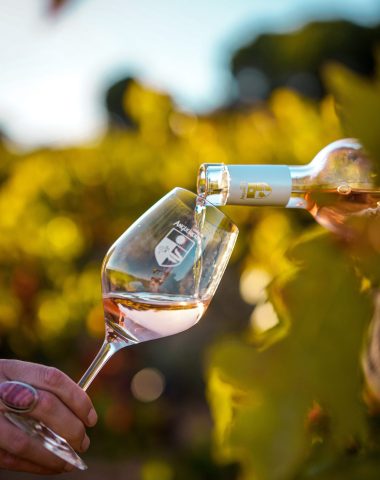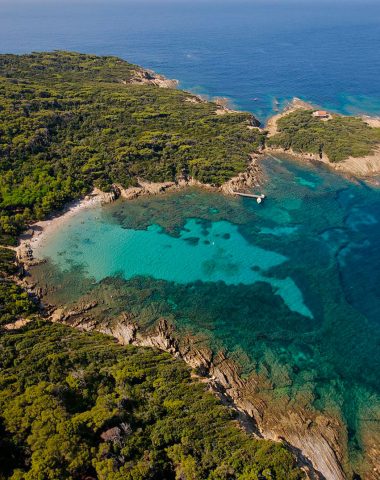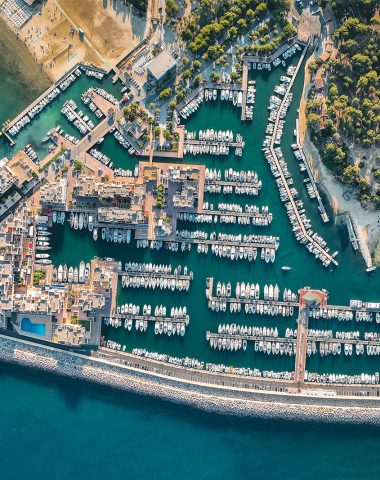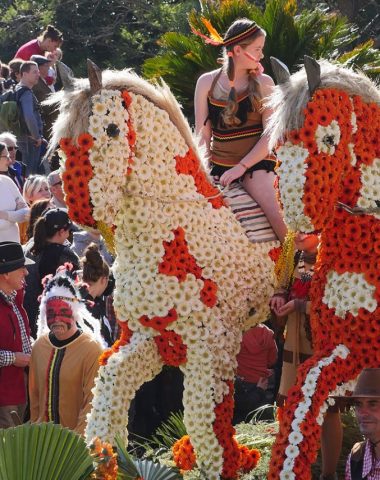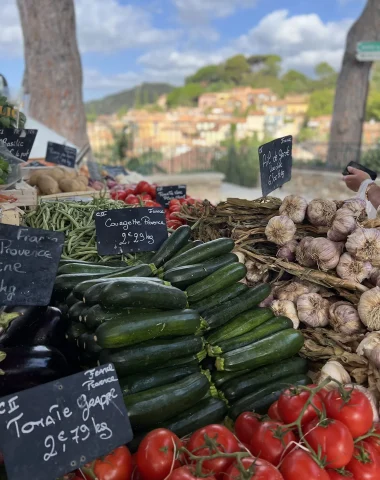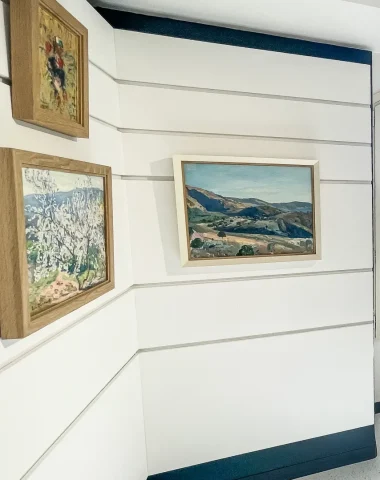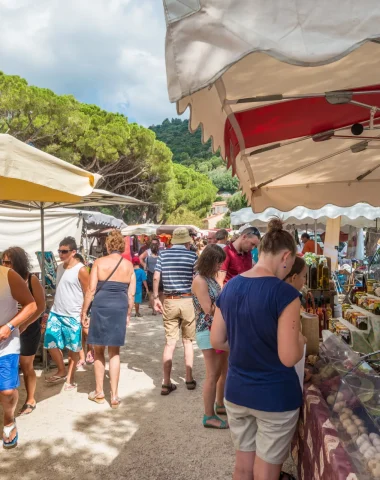Embark on a captivating journey along the Chemin des Sages, a project born from a visionary gathering of the Conseil des Sages, composed of wise individuals aged 60 and above, carefully chosen by local councilors for their wealth of experience. Inspired by the core principles of our Republican motto “Liberté, Égalité, Fraternité,” the council sought to breathe life into these ideals in the town of Bormes.
The Concept Takes Flight
A groundbreaking idea emerged during the council’s meeting—to adorn the town with phrases from renowned men and women, celebrated worldwide for their wisdom and humanism. The goal was to ignite the conscience of both passers-by and tourists, fostering a deeper connection with these universal values. To gain the support of the Mayor and the Council, the decision was made to integrate this pathway with the installation of historical plaques on the town’s iconic monuments. The members of the Conseil des Sages then meticulously designed the route through the medieval village and dedicated themselves to creating the perfect support, texts, images, and symbols for these plaques.

The butterfly, symbolizing joy, beauty, grace, and lightness of being, was chosen as the emblem of the project. Its transformative journey mirrors the essence of personal growth and rebirth. Just like the butterfly, we too experience different stages in life—a profound metamorphosis that allows us to release our past and embrace the beauty of who we’ve become. Symbolizing wisdom, the butterfly becomes a boundless source of inspiration. Beneath its delicate exterior lies an unwavering strength. Despite its ephemeral lifespan of a few days or weeks, the butterfly brings joy and exuberance through its graceful flight, fully savoring every moment that nature presents. Let us, like the butterfly, fearlessly embrace the experiences life offers us, both good and bad, knowing that they are fleeting. After all, our past experiences provide the best preparation for the future, allowing us to tread life’s paths with
The biography of Leonardo da Vinci
Engineer, inventor, painter and sculptor, universal genius.
Leonardo da Vinci, born in Vinci on April 15, 1452, and passing away in Amboise on May 2, 1519, was a true polymath of the Renaissance era. Hailing from Florence, he was not only a renowned painter but also an exceptional thinker, scientist, engineer, inventor, anatomist, sculptor, architect, musician, botanist, poet, philosopher, and writer. His childhood in Vinci laid the foundation for his extraordinary journey of learning and exploration.
Under the tutelage of the celebrated Florentine artist Andrea del Verrocchio, Leonardo honed his skills as a painter. His earliest significant works were executed for Duke Ludovico Sforza in Milan, where he created remarkable pieces of art. Subsequently, he worked in Rome, Bologna, and Venice, before spending his final years in France, where he was invited by King Francis I.
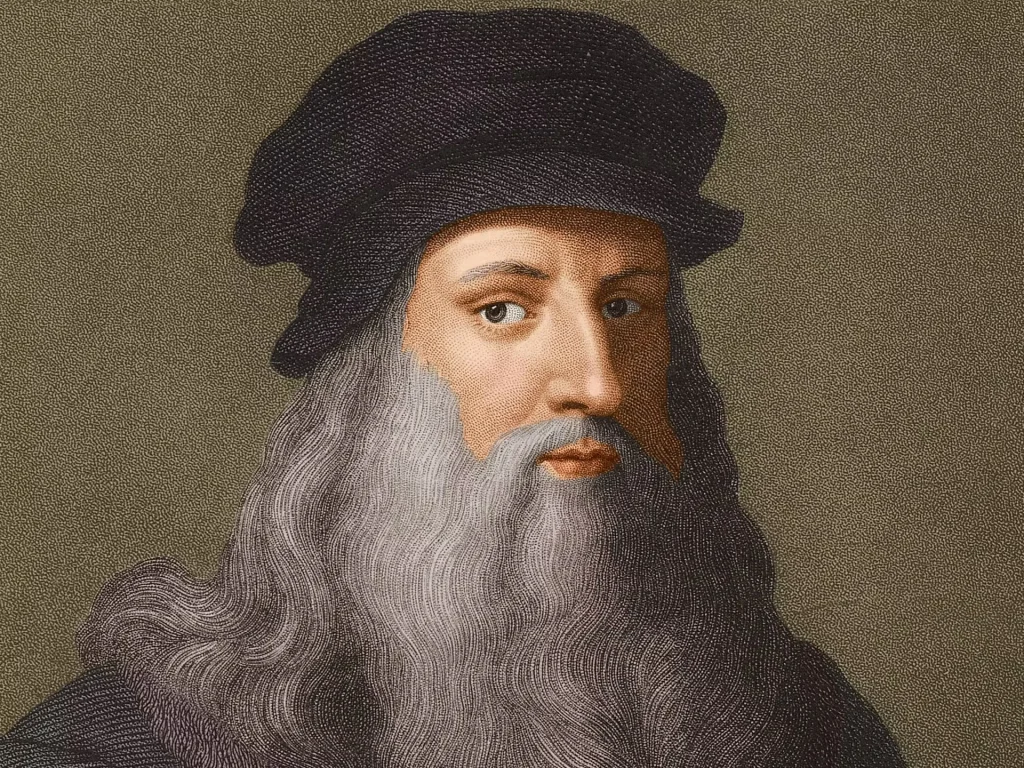
Renowned for his unparalleled versatility and profound intellectual curiosity, Leonardo da Vinci epitomized the Renaissance man, a symbol of universal genius and humanist philosophy. His keen observations, experiments, and “rare gift for the intuition of space” exemplified his quest for knowledge and invention.
Though celebrated for his artistic masterpieces, such as “The Mona Lisa” and “The Last Supper,” Leonardo’s creative repertoire extended beyond paintings. His iconic drawing of the “Vitruvian Man” has inspired countless derivative works, showcasing his prowess as an artist and scientist. Despite only a small number of his works surviving, these pieces, along with his extensive notebooks filled with drawings, scientific diagrams, and reflections on the art of painting, have left a profound legacy for future generations of artists, many of whom viewed him as a peer only to Michelangelo.
Beyond his artistic endeavors, Leonardo excelled as an engineer and inventor, conceiving ideas far ahead of his time. He envisioned concepts like the airplane, the helicopter, the submarine, and even the automobile, though many of these innovations remained unrealized or unfeasible during his lifetime. However, some of his smaller inventions, such as a machine for measuring the elastic limit of a cable, found practical applications in the world of manufacturing.
Moreover, Leonardo’s scientific contributions significantly advanced knowledge in various fields, including anatomy, civil engineering, optics, and hydrodynamics. His inquisitive mind and pursuit of understanding left a lasting impact on the realms of science and art, shaping the course of history and influencing generations to come.
The flour mill
The windmill located on Place Saint-François stands as a testament to the village of Bormes’ industrial heritage, representing one of the few remaining examples of its kind. Bormes, a rural village heavily reliant on agriculture, was historically organized as a seigneury. The inhabitants cultivated early vegetables like broad beans, cabbage, and chickpeas, along with various fruits in orchards amid vineyards. The forest was also utilized for hunting and lumbering, with charcoal and cork makers present. Olive trees dominated the landscape, and the region’s numerous oil mills utilized olive harvests. Additionally, some plots were dedicated to growing wheat or barley, with bread being a staple in the diet of the farming community.
To produce oil and flour, local lords initiated the construction of wind and water mills. In Bormes, the windmills were designed uniformly, with load-bearing walls having a diameter and height of 6 meters. Above this, a wooden structure, often made of oak and covered by a roof, housed an efficient mechanism. This mechanism harnessed the wind’s energy to turn two stone millstones situated under the roof in the miller’s workroom. The miller’s expertise was essential, as they had to skillfully adjust the milling equipment and millstones to produce high-quality flour without compromising the farmers’ hard work.
Strategically placed on ridges, the windmills captured winds from all directions to ensure they turned as frequently as possible, depending on weather conditions. The roofs of the mills were even designed to be movable, enabling the miller to adjust the blades’ direction from inside the first-floor workroom using a wedge, effectively seeking out favorable winds.
However, with the advent of the Industrial Revolution, windmills were gradually rendered obsolete. Steam-powered mills emerged, able to operate day and night with optimal efficiency, independent of wind or water conditions. Consequently, the windmill on Place Saint-François was nearly abandoned in the early 19th century, having served the community for nearly two centuries. The last miller, Mr. Trophime Celeron Reymonencq, was laid to rest in the former cemetery of the Saint-François chapel, a short distance from the mill.
On March 19, 1913, the mill was sold to the commune in its then-current state by Madame Marie Théophile Michel, a former cork maker, for the sum of 400 francs. Since that time, it has graced Place Saint-François, awaiting the attention and goodwill of those willing to restore its majestic wings and preserve this significant piece of local history.
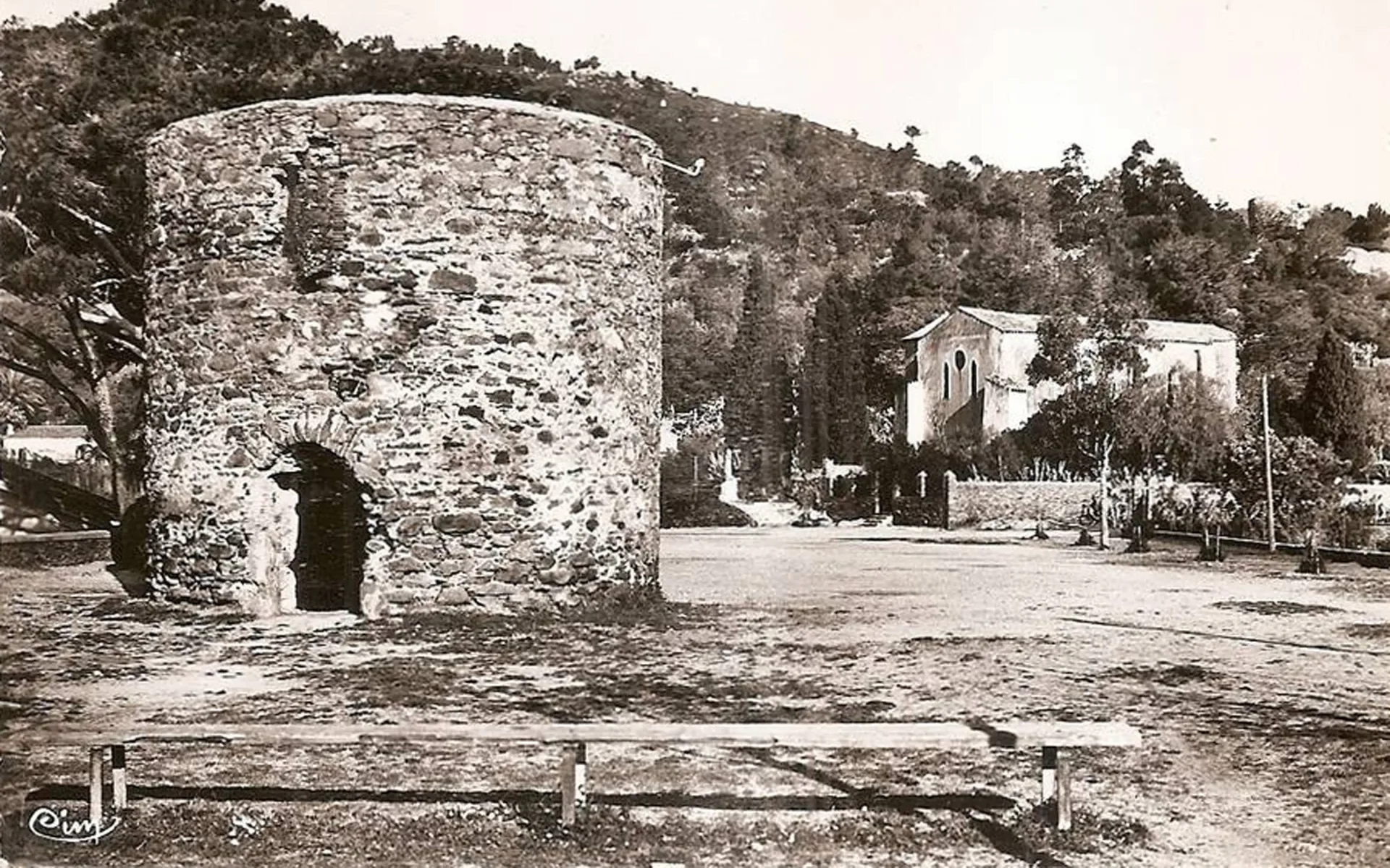

To experience the full splendor of the Chemin des Sages and delve deeper into the fascinating stories that unfold along this path, we invite you to explore the Baludik app.
Scan the QR code and embark on an interactive journey filled with games, surprises, and a deeper connection to the rich heritage of Bormes.


